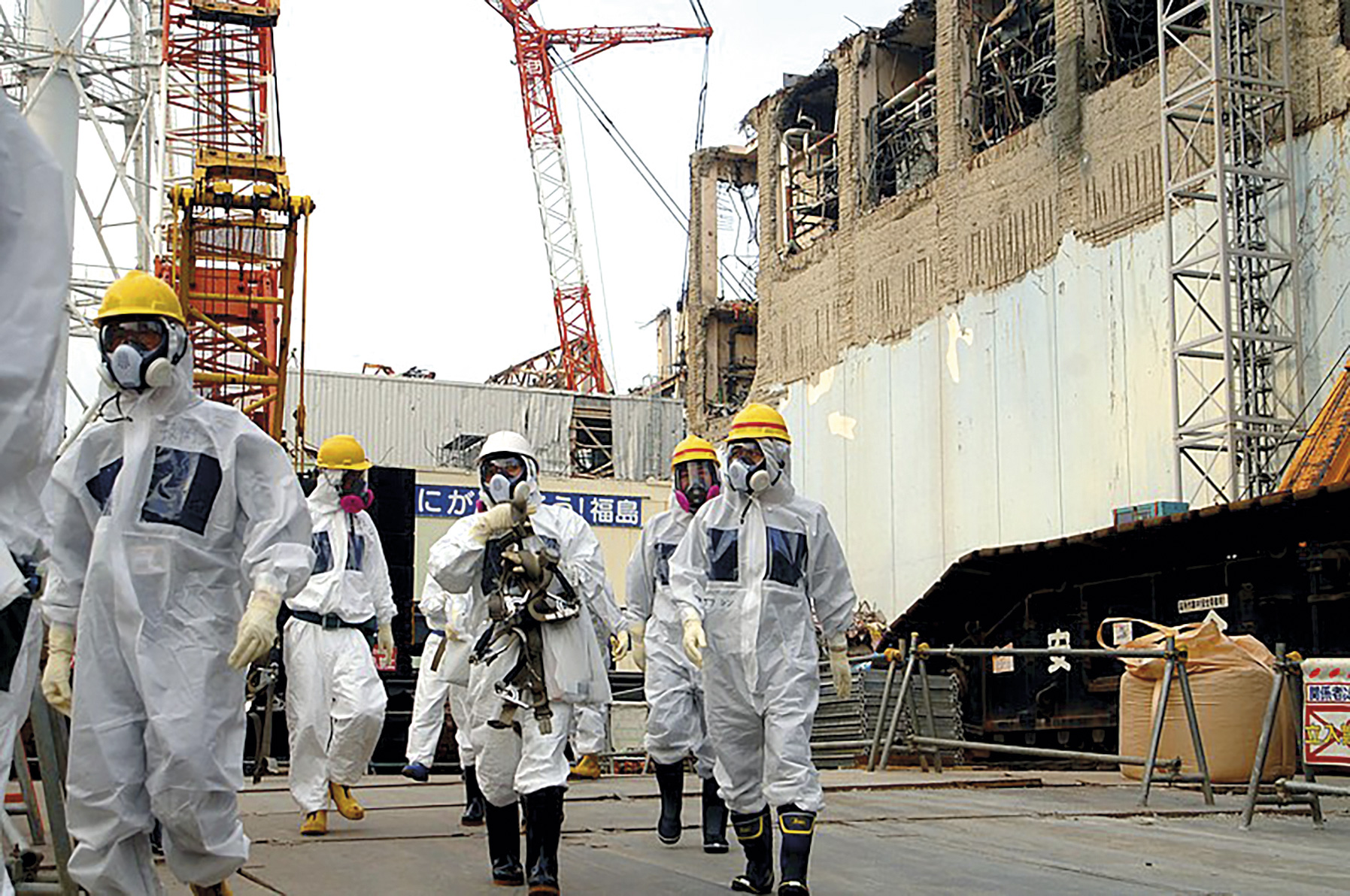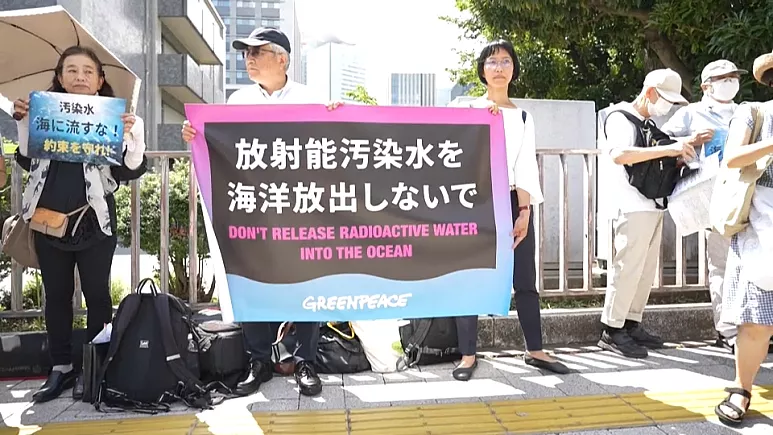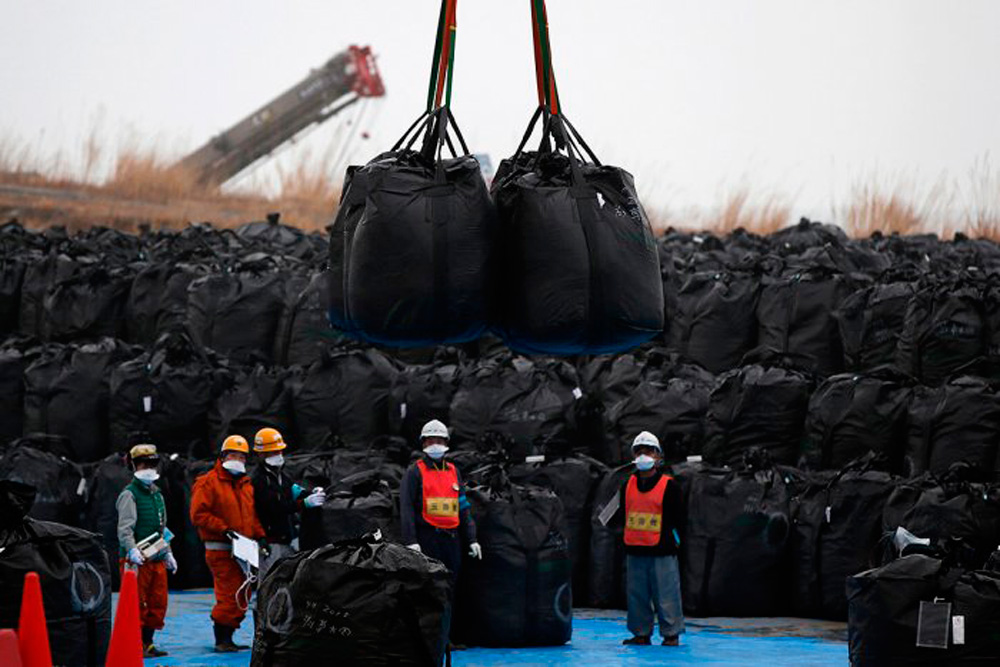8th Anniversary of the Fukushima Disaster: TEPCO shows new images of reactors (videos)
- On 11 March, eight years have passed since the most serious nuclear accident in the history of Fukushima in northeastern Japan. Last year, 2018, TEPCO offered the first images of a second reactor that is considered the most damaged of the four, after this year achieving the robot’s entry into it.

In French, since the blog Fukushima Fetium, the old French scientist Pierre Fetet has been very closely following the Fukushima Daiich accident during these years. Once again, it has returned, analyzed and explained in an understandable way the new images that TEPCO has spread over the Internet earlier this year.
TEPCO has used on this occasion a small robot developed by Toshiba (30 cm long), composed of light, camera, thermometer dosimeter and a two-finger clamp, which feeds on the light by a thread of 4 meters and which, on this occasion, has been able to leave it as it has been introduced in an extremely radioactive environment.
Once again, the technician who gives explanations in Japanese does not mention the damn word corium, the special pasta that forms the nuclear fuel once melted with the furnace metals, proof that there has been an uncontrolled nuclear fusion. On the other hand, Fetet warns us of another significant manipulation: the video does not mention Millisiervert figures to measure radioactivity, instead Gray (Gy) is used... TEPCO does not want to provoke the scandal again, since last year it occurred to him that 530 Siervert were measured in that area, which scared the toughest nuclearist, according to the same source.
Pierre Fetet explains the content of the photos and videos we offer here: "The video shows how the tragedy of the reactors happened through animation [meldown], you know, this terrible event: melt the fuels and complete the corium. In this regard, it has recently been known that the chorium mass comprising the three reactors that were discarded at Fukushima Daiichi is around 880 tons. As we know that in these 8 years since the catastrophe no more than a few grams have been taken out of them, we can easily calculate that the 40 years of recovery of those 880 tonnes mentioned by TEPCO will not be enough, it will surely take centuries... if it is ever possible to solve them. We are not told more for the time being. And since we are in the hundreds of years, honor robots and, above all, not shake water before the Olympic Games! But if instead of dealing so much with this 2020 event, we started to care for children living in a contaminated area? ".
The Fukushima nuclear power plant exploded on 11 March 2011. The images that were broadcast on television perpetuated the moment of the explosion and the subsequent white cloud in the sky. In the news of the coming days and months Fukushima had special relevance, but the speed... [+]






















